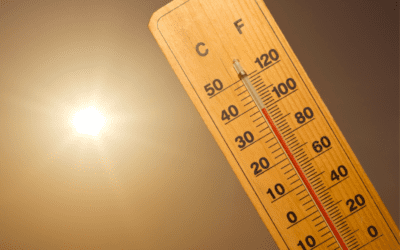Build an Emergency Kit

Emergency kits can be essential to survival during or after an emergency.
Most items in an emergency kit are inexpensive and easy to find. The list below outlines items that you should have in your kit. Add these basic items to your emergency kit to get started.
Once your kit contains the basic items, consider what unique items your emergency kit may need based on your family, such as supplies for pets, babies, or seniors.
Emergency situations can last for an extended period of time. It is important that your emergency kit has enough supplies to last you up to 72 hours, including water and food. We suggest that you create multiple kits to place in strategic locations throughout your home and in your car, in case certain areas of your home are not accessible during or after a disaster.
Creating Your Kit
To prevent exposure, supplies should be stored in airtight plastic bags within your kit. This ensures that supplies are not susceptible to certain environmental changes. Put your airtight disaster supplies in one or two (depending on the size of your family) easy-to-carry containers such as a duffel or travel bag.
A basic emergency supply kit should include the following items:
- Water: one gallon of water per person, per day for at least three days. This will be for both drinking and sanitation.
- Food: at least a three-day supply of non-perishable food per person
- Battery-powered or hand-crank radio
- Flashlight with extra batteries
- First aid kit
- Whistle
- Dust mask for each family member to help filter contaminated air
- Duct tape and plastic sheeting for shelter-in-place situations
- Personal sanitation equipment such as moist towelettes, toilet paper, and garbage bags
- Wrench of pliers to turn of utilities such as gas
- Manual canned food opener
- Local map
- Warm blanket
- Cell phone with charger and backup battery
- Prescription medications
- Small amount of cash
Additional emergency supplies should be added to your emergency kit if possible. Such supplies include:
- Non-prescription medications such as pain relievers, anti-diarrhea medication, and anti-inflammatory medication
- Glasses or contacts with solution
- Infant formula, bottles, diapers, wipes, diaper rash cream; if applicable
- Pet food and water for your pet; if applicable
- Copies of important family documents such as insurance policies, IDs, and bank records (preferably in a waterproof container)
- Complete change of clothes, including shoes
- Chlorine bleach for disinfecting
- Fire extinguisher
- Matches
Maintaining Your Kit
Be sure to replace expired items as soon as possible and consider updating your kits as your family/needs change. Store your kit in an easy to access cool, dry area. Since you do not know where you will be when an emergency happens, be sure to prepare supplies for your home, work, and vehicle.
All kit information above is from https://www.ready.gov/kit
Archives
- December 2025 (1)
- November 2025 (2)
- September 2025 (1)
- July 2025 (2)
- June 2025 (3)
- April 2025 (2)
- February 2025 (1)
- January 2025 (2)
- December 2024 (1)
- September 2024 (2)
- August 2024 (2)
- July 2024 (1)
- June 2024 (1)
- February 2024 (1)
- July 2023 (1)
- March 2023 (1)
- October 2022 (1)
- September 2022 (1)
- August 2022 (1)
- July 2022 (2)
- June 2022 (2)
- May 2022 (1)
- April 2022 (4)
- March 2022 (1)
- February 2022 (1)
- January 2022 (1)
- December 2021 (4)
- November 2021 (3)
- September 2021 (2)
- August 2021 (3)
- July 2021 (2)
- June 2021 (1)
- May 2021 (2)
- March 2021 (1)
- December 2020 (6)
- November 2020 (8)
- October 2020 (4)
- September 2020 (7)
- August 2020 (3)
- July 2020 (11)
- May 2020 (2)
- April 2020 (4)
- March 2020 (1)
Categories
- Communicable Disease (5)
- Clinical Services (19)
- Clinical Servcies (1)
- Health Promotions (74)
- Emergency Preparedness (8)





